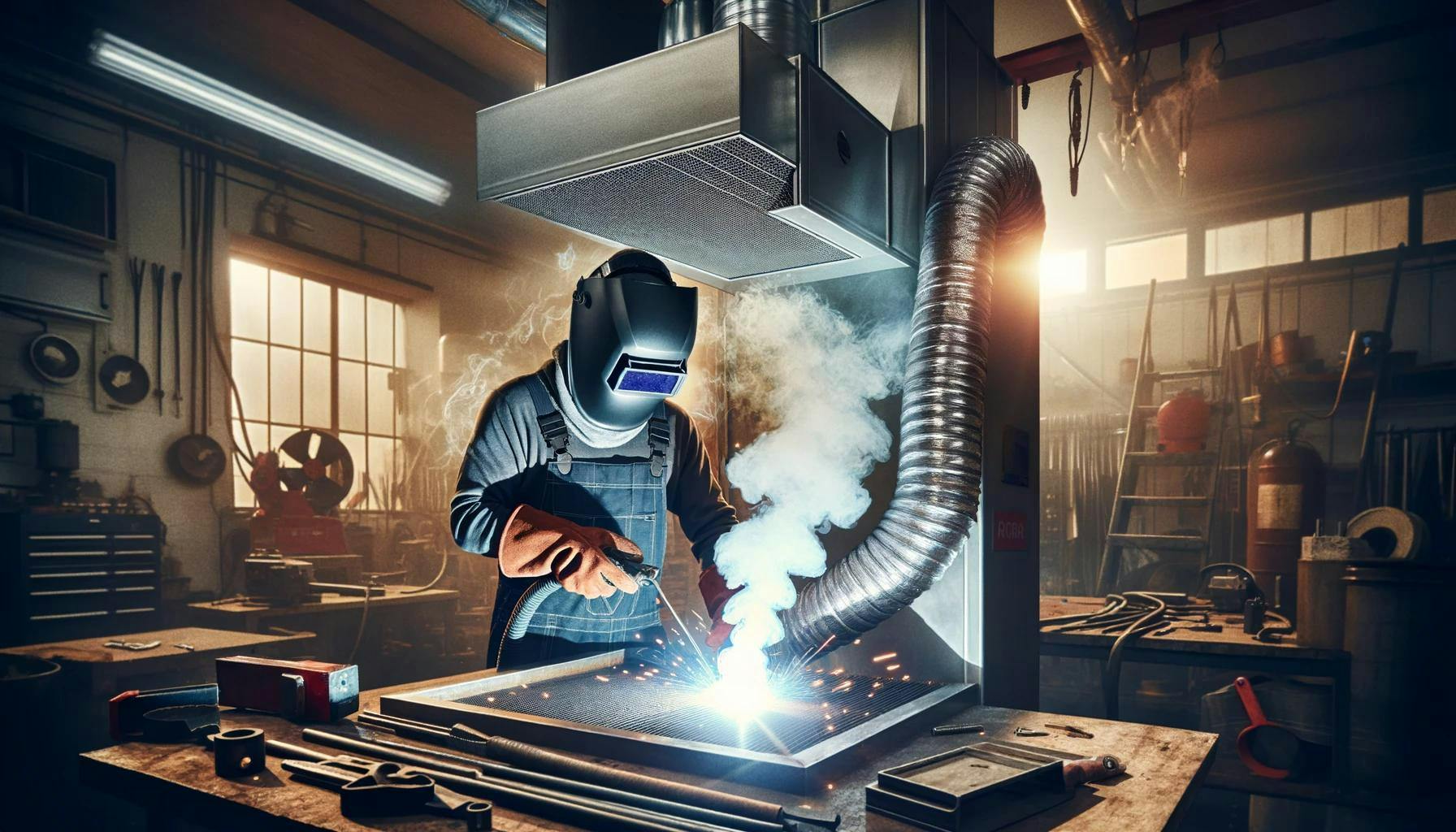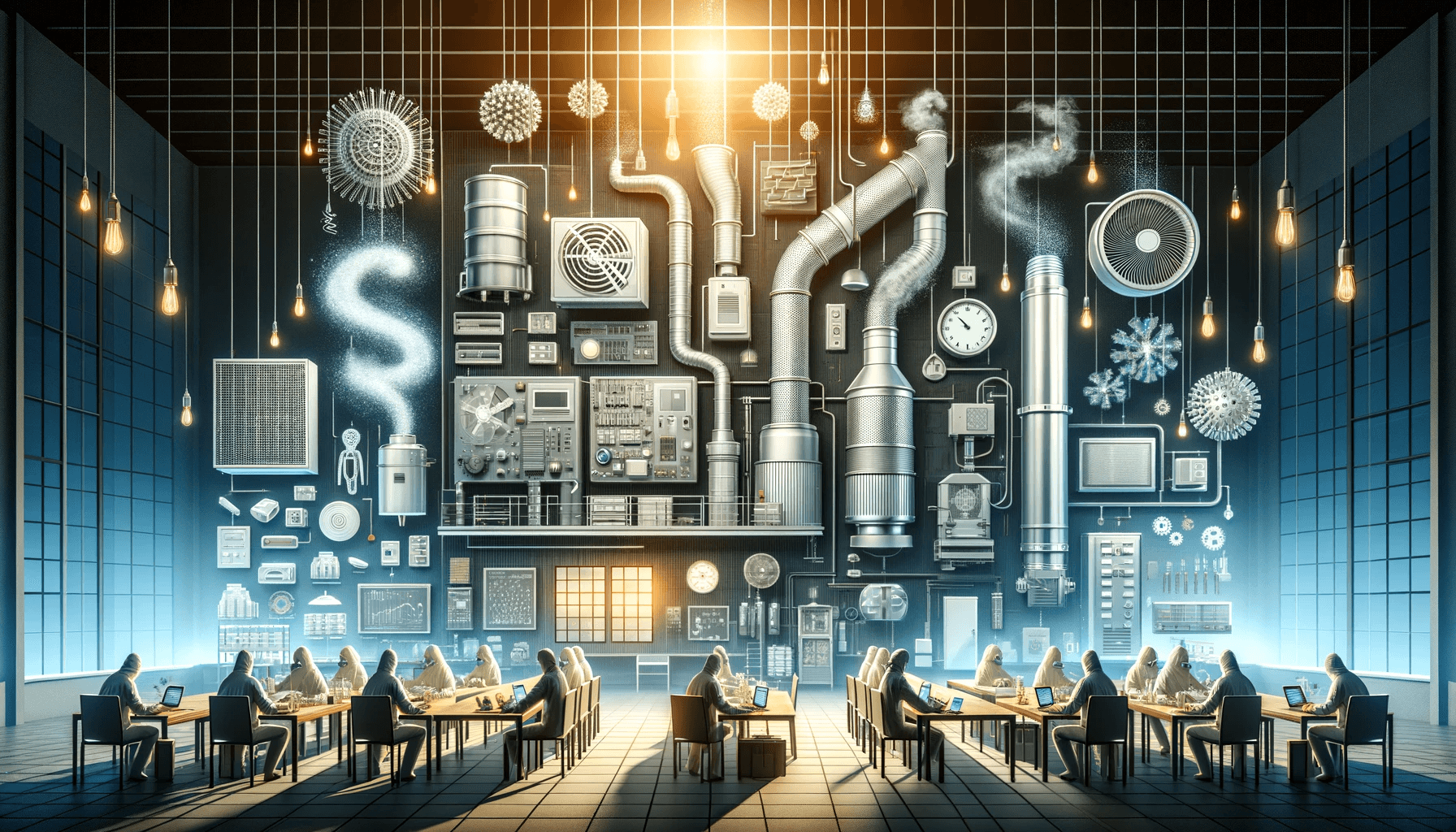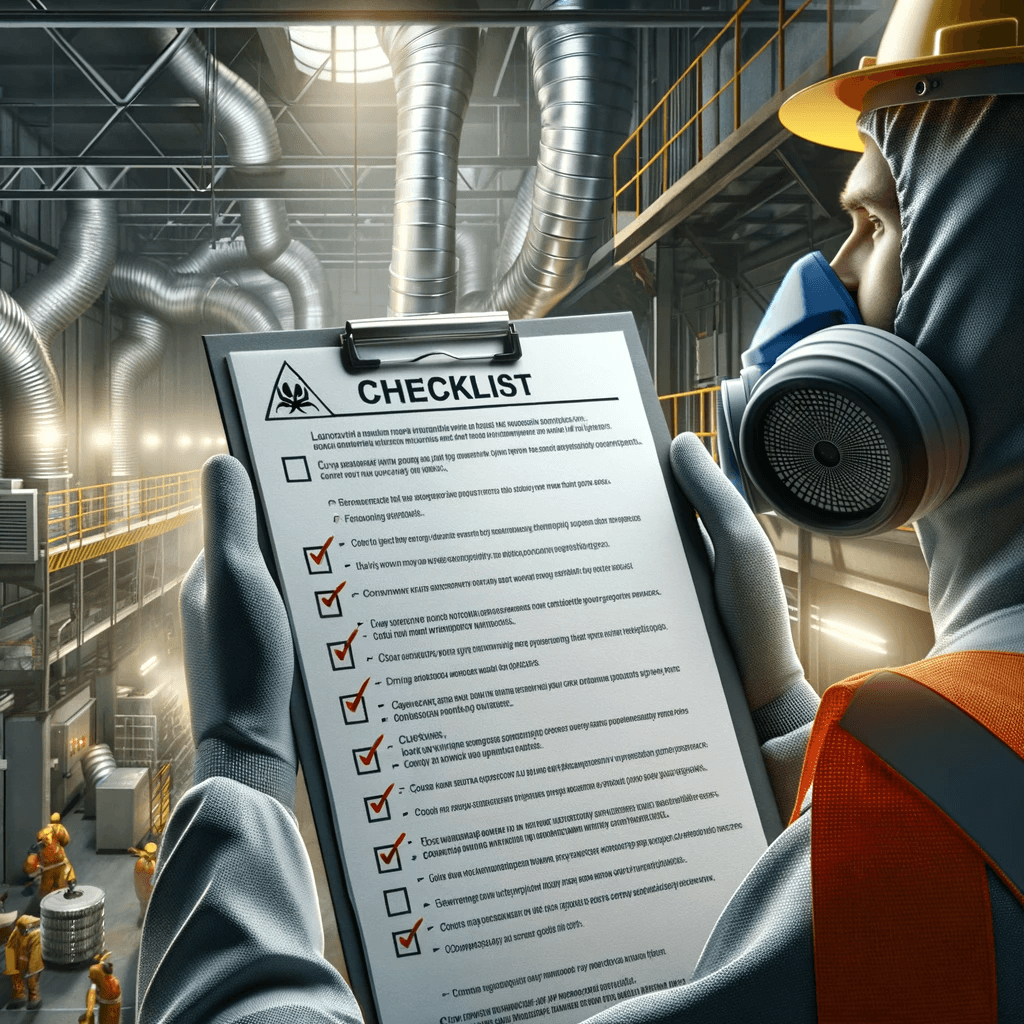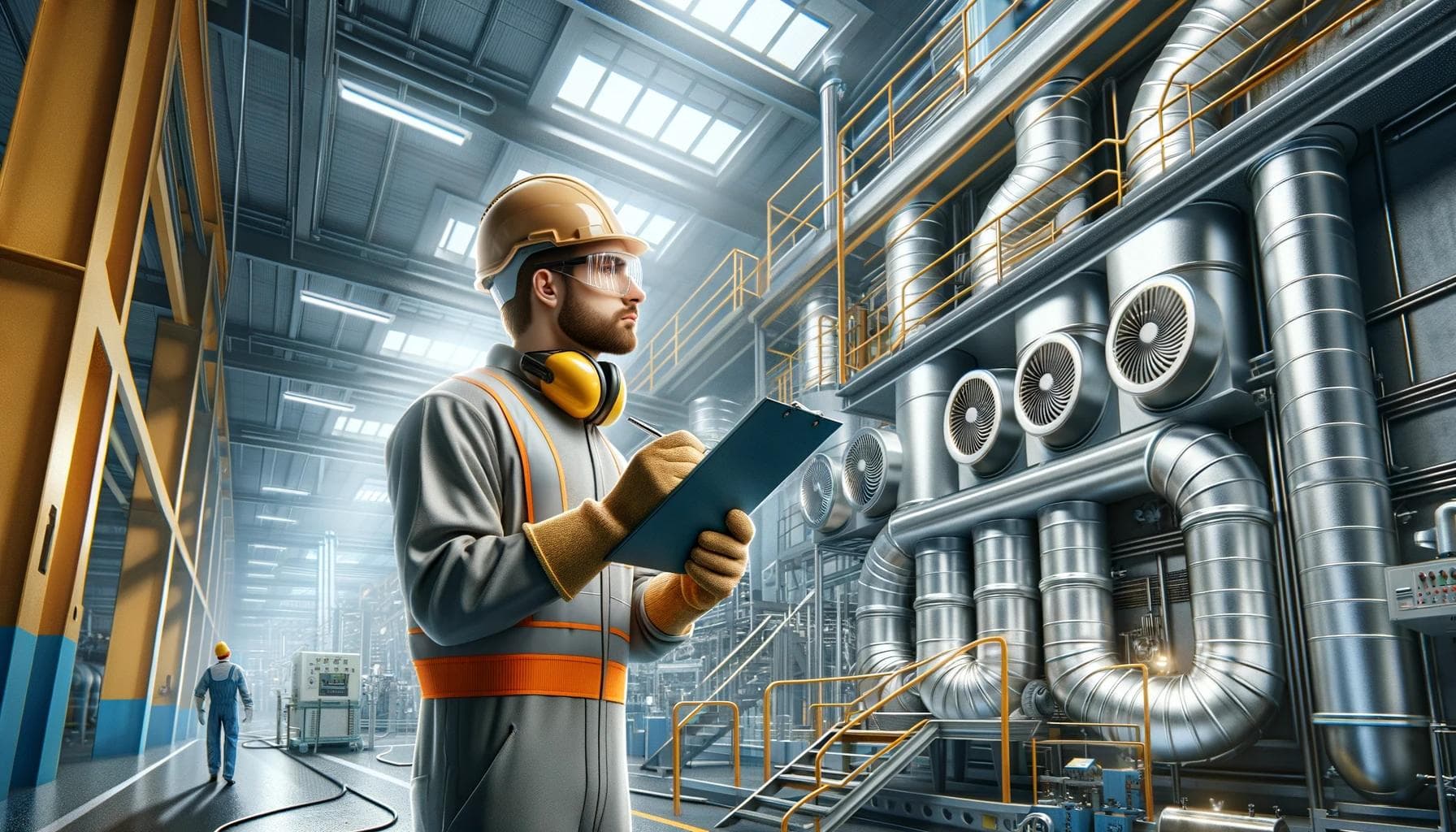
Local Exhaust Ventilation for Welding: Essential for a Safe Working Environment
Welding, a fundamental process utilised in numerous industries, is inherently fraught with potential health hazards. Among these risks, the inhalation of fumes and particulate matter stands out as a significant concern for welders and those circulating in close proximity to welding activities. It is here that local exhaust ventilation for welding assumes a critical role in ensuring a safer and healthier workplace. Companies like WBT Services Ltd operate across the UK, recognising the indispensable need for effective ventilation systems to mitigate these hazards.
Understanding Local Exhaust Ventilation Systems
Local exhaust ventilation (LEV) systems are designed to capture airborne contaminants at their source before they can disperse into the wider working environment. Essential to any welding operation, these systems typically consist of capture hoods, ducting, air cleaners, and exhaust fans. By employing local exhaust ventilation for welding, the immediate removal of fumes and particles is achieved, drastically reducing the inhalation risks to workers.
The efficiency of an LEV system is critical. As such, it must be correctly designed, installed, and maintained regularly to uphold its performance standards. This involves a comprehension of the welding processes undertaken, the materials used, and the type of substances released into the air.
The Importance of Local Exhaust Ventilation For Welding
Inhaling welding fumes can lead to a variety of health issues, ranging from the short-term discomfort of throat irritation and eye discomfort to serious long-term respiratory conditions such as occupational asthma or even cancer. LEV systems address these issues effectively, providing essential protection for welders by extracting fumes at their generation point, reducing the concentration of contaminants in the air.
Moreover, welding often involves the use of materials that may release toxic substances when heated. Materials like lead, manganese, and chromium require stringent control measures as per health and safety regulations. A correctly functioning local exhaust ventilation for welding serves not only to protect the workforce but also to ensure that businesses are compliant with the law, avoiding potential legal repercussions and fines.
Components of Effective Local Exhaust Ventilation Systems
The capture hood is the first critical component of an LEV system. Its design is paramount, needing to be as close as possible to the welding arc without obstructing the welder’s work. The hood must effectively capture fumes with minimal escape, which demands expert design and positioning.
Ducting is another vital consideration. It must be of the correct diameter and material to handle the volume and nature of the extracted fumes, while ensuring minimal resistance to airflow to maintain the efficiency of the entire system.
Air cleaners, including filters or electrostatic precipitators, ensure that once airborne contaminants have been captured, they are removed effectively before air is either recirculated back into the working area or expelled outside.
Finally, an exhaust fan creates the necessary airflow to draw fumes into the system, through the filtration components, and dispel them safely. This fan must be powerful enough to maintain consistent air movement, yet it also needs to operate effectively within the specific requirements of the welding tasks and environment.
Maintenance and Testing of Local Exhaust Ventilation Systems
To maintain the functionality and effectiveness of local exhaust ventilation for welding, it is not enough to just install the systems. They must be maintained and tested regularly to ensure that they are performing as intended. This involves not just cleaning and replacing filters when necessary, but also having qualified professionals conduct thorough examinations and tests periodically.
In the UK, regulations stipulate that LEV systems should undergo thorough inspection and testing at least once every 14 months. This testing, referred to as 'LEV testing', is necessary to ensure that systems continue to protect workers as required. Businesses that intend to adhere to these regulations can often benefit from the expertise of specialised companies like WBT Services Ltd, which provide these specific examinations and ensure compliance with current health and safety standards.
Selecting the Right Local Exhaust Ventilation Solution
When selecting a local exhaust ventilation for welding, it is crucial to consider the specific needs of the welding tasks at hand. The type of welding, the materials involved, and the environment in which welding takes place all influence the requirements for an LEV system. Partnering with a knowledgeable and experienced provider, who can offer tailored advice, is thus essential in selecting and implementing an appropriate system.
WBT Services Ltd stands as an example of such a provider, offering a comprehensive range of industrial solutions across the UK. Drawing on years of industry expertise, such providers can assist businesses in identifying the most effective local exhaust ventilation for welding to meet their unique needs. This dedication to proper ventilation solutions reflects a commitment to workplace safety, legislative compliance, and overall operational excellence.
Conclusion
Local exhaust ventilation for welding is an indispensable component of any welding operation. With the significant risks associated with inhaling welding fumes and airborne contaminants, LEV systems play a pivotal role in protecting the health of welders and others within the workplace. Comprehensive implementation, regular maintenance, and professional testing of these systems are essential in maintaining a safe working environment.
As businesses consider the importance of integrating effective exhaust solutions into their operations, an understanding of the types of systems available and the components that make them efficient is paramount. By partnering with providers like WBT Services Ltd, which possess the technical expertise and a deep understanding of LEV systems, businesses can ensure the wellbeing of their employees and conformity with health and safety regulations. With a local exhaust ventilation for welding in place, industries can continue their essential work with the peace of mind that they are safeguarding their most valuable asset—their workforce.


